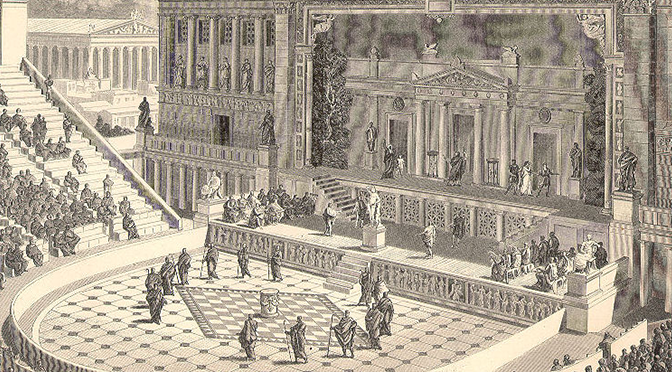In Aeschylus’ play “The Libation Bearers” Orestes is the main character who wants to avenge the murder of his father. A lock of Orestes’ hair and his footprint take on central importance, as Elektra recognizes her brother through them.
In the play, Orestes has been living in exile since his father’s murder, and his return is initially unknown to his sister Elektra. However, when Elektra encounters a stranger wearing the same lock of hair as her brother, she begins to suspect that the stranger may be Orestes. Later, when she sees his footprints, she is convinced that the stranger is indeed her brother.
The importance of these physical details is that they serve as signs of recognition and identification. In Greek tragedy, physical attributes and physical features often play an important role in revealing characters’ identities, intentions, or emotions.
In Euripides’ “Electra,” there is a similar scene in which Electra recognizes her brother by his footprint. This suggests that the motif of bodily recognition was a popular and consistent motif in Greek tragedy, and it underscores the importance of the body in conveying meaning and conveying the emotional and psychological state of the characters.
Application in modern dramaturgy
In many modern scripts and films, physical attributes or physical features are used as a means of recognition or identification.
For example, in the movie “The Bourne Identity,” the protagonist Jason Bourne is identified by a microchip implanted under his skin, which serves as key information in deciphering his true identity. In “The Matrix,” Neo is recognized by the symbol of the Matrix tattooed on his skin.
In the movie “The Prestige”, two rival magicians recognize each other by a physical feature – the missing finger on one of their hands. Similarly, the character of Deckard in “Blade Runner” recognizes replicants by their glowing eyes, a special physical feature that distinguishes them from humans.
These are just a few examples of how modern screenplays and films continue to use physical attributes and physical features as a means of recognition or identification, just as in Greek tragedy.

